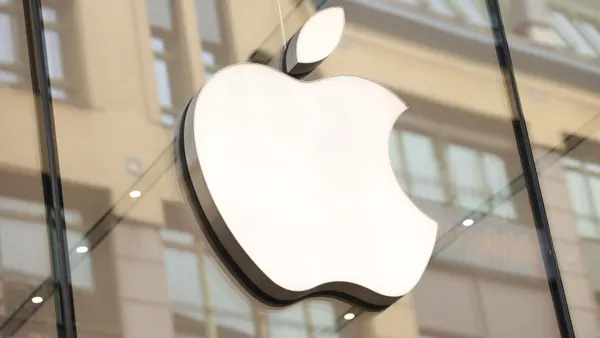Dive Brief:
- Consumers are quite literally flushing some of the world's oldest forests down the toilet, according to a new report from the Natural Resources Defense Council (NRDC). Procter & Gamble, Kimberly-Clark and Georgia-Pacific use no recycled material in their toilet paper products, harming indigenous people, animal species and ancient forests in the process, the report said.
- The NRDC created a scorecard for the report, evaluating products based on the percentage of pre- and post-consumer recycled material used, the percentage of virgin fiber, bleaching process and available sustainability certifications.
- The only brands to receive an 'A' rating across the three product categories — toilet paper, paper towels and facial tissue — were Green Forest, 365 Everyday Value (Whole Foods) 100% Recycled, Natural Value and Trader Joe's. Brands owned by Proctor & Gamble received straight 'F's, and Kirkland and Georgia-Pacific brands were also some of the lowest scores.
Dive Insight:
Tissue products like paper towels and toilet paper are not recyclable but can be made from post-consumer recycled paper at a lower carbon footprint. This practice, the report's authors argue, is woefully underused. Furthermore, alternative materials like wheat straw and bamboo can greatly reduce the carbon footprint of these products.
The report largely focuses on the impact of the household paper industry on the Boreal forest in Canada, since Canada is the world's largest producer of northern bleached softwood kraft (NBSK) pulp. "Virgin" pulp derives directly from cut trees after a water- and energy-intensive process to remove cellulose from the wood.
NRDC argues that forests like the Boreal are essential to making progress in the fight against climate change and in keeping Canada's commitment to the 2015 Paris Climate accords — in fact an NRDC analysis found the amount of carbon released by "clearcutting" in the Boreal is roughly equivalent to the 2% of the emissions Canada agreed to cut annually by 2030 under the Paris Agreement.
As paper fades away from the everyday functions of communications, note-taking and documentation, household products are becoming the fastest growing sector within the paper industry — even faster than cardboard — and the U.S. leads consumption at 141 rolls of toilet paper per person per year.
Certifications (from the Forest Stewardship Council) can help consumers verify the sustainability of the products they buy, but NRDC argues they are insufficient. The lowest scorers on NRDC's scorecard, after all, have obtained these certifications. NRDC argues that improving practices around harvesting the same pulp is not a real solution.
"The only way for tissue products to become sustainable is for companies to stop the tree-to-toilet pipeline," according to the report.
Consumer action has been effective in other product categories when it comes to deforestation — the moves against destructive palm oil and cocoa production are today at least somewhat embraced by those industry's largest players.
"We’re calling on Procter & Gamble, as the maker of America’s leading toilet paper brand, to stop flushing forests down the toilet. Procter & Gamble has the innovation resources to bring Charmin into the 21st century; the question is whether the company will embrace its reputation as an innovator to create sustainable products using recycled material instead of clear-cut trees," said Shelley Vinyard, report co-author in a statement.
A blueprint for corporate evolution exists; now consumers and activists will have to follow it. But no doubt the road will be tougher for products families rely on as a daily staple, as opposed to an occasional treat like chocolate.
"Fortunately, solutions promoting healthy forests and a healthy planet already exist. Companies and consumers simply need to embrace them," said the report.













